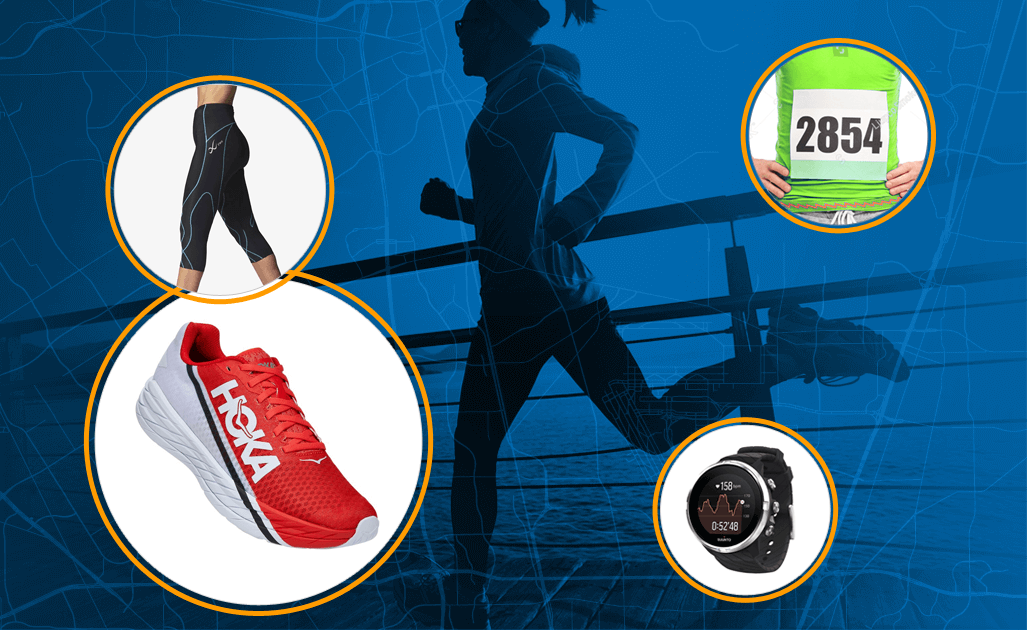Want to get ready for running in hot weather?
.
Check out these runner-tested heat training strategies to prep for summer races and adventures.
Despite the many world records being set in athletics, humans aren’t all that impressive compared to other species.
🥵But we can endure–and more specifically, we sweat as we endure.
🏃♀️Can you learn to run in hot weather?
.
As modern day runners, we usually focus on the endurance aspect of our physiology without much thought to our ability to dissipate heat.
.
However, if you find yourself...
It might be time to explore the art and science of heat training—a pathway to unlocking your body's potential and fortifying your mind against the heat's relentless embrace.
More and more athletes are using heat training protocols this time of year in preparation for the US Olympic Team Marathon Trials in the hot and humid conditions of Orlando, Florida on February 3rd.
.
🔥For the trail runners reading this, maybe you recall Jim Walmsley’s iconic last long run/heat training session for Western States 100 back in 2021?
.
Simply put, heat training places a specific stress on the body that it will adapt to over time.
.
With the proper heat stimulus, your body is able to:
Outside of the physiology itself, there are also perceptual benefits runners will gain from heat training.
.
According to (Périard et al., 2016), your “thermal comfort”—how you interpret your thermal state—in hot environments improves over time with heat training.
Ultimately, a heat training protocol can lead to better performance!
.
Instead of being overwhelmed by heat stress on race day, your body will be accustomed to it, and in turn, better able to handle the additional stresses of running hard and fueling properly.
.
From effective DIY methods to sauna use, in this article, you’ll learn:
In long distance running, heat is undoubtedly a performance limiter–particularly if you’re not prepared for it.
Sub-ultra events also come with their own sets of heat-related challenges. .
Take the big city marathons, for example.
Even if you have no intention of running a hot ultramarathon or a big city marathon, you’ve probably felt the strain of warmer weather the most when you emerge from a dark and cold winter season....
You know...
So, let’s get prepared!
.
Heat training can make you a more fit and efficient runner in almost all conditions; there’s even some preliminary evidence that hints at heat training promoting similar effects to altitude training (read more here).
As with any training intervention, there are a few caveats worth mentioning.
.
👩⚕️1. Ask your doctor.
⌚2. Time is precious.
✅3. Good stress is still stress.
🚫4. More is not always better.
💧5. Proper hydration is key.
There are a few ways of approaching heat training to reap the benefits:
These are the four most common heat-training strategies.
.
👉But the best heat training method is one that you can stick to!
.
As a general rule, if it takes you more time to travel to the place you will heat train than it will to complete the session, it might be time to consider a different method.
.
Let's take closer look at each of these heat-training strategies...
1. Dry Sauna
2. Hot Baths AKA Hot Water Immersion
3. Steam Room/ Wet Sauna
4. Overdressing
👇However, there are a couple of important caveats about overdressing:👇
The goal of any heat intervention is to elevate your core body temperature for an extended period of time in order to attain the desired adaptations that will prepare you to run in warmer temps, and augment your cardiovascular fitness.
At the bare minimum, Ultrarunning Coach, Jason Koop suggests that runners do 15 minutes in the sauna at 140 degrees Fahrenheit. Any less time at a cooler temperature and it’s not worth the effort.
Heat training protocols for runners generally fall into two categories: a single or two-phase.
.
The Single-Phase
The Two-Phase Protocol
Week 1 of heat training (around 5 weeks prior to target event): Adaptation
Weeks 2-4 of heat training: Maintenance
Week 5 of heat training (race week): Maintenance and Taper
As a runner, heat training is a helpful tool to have in your back pocket, especially as you start to plan your race calendar!
.
There are SO many different protocols out there, but here are the main points to remember:
If you’re about to tackle some hot-weather running and want more info on handling less-than-ideal conditions, check out Evan’s article with 10 helpful tips for running in the heat.
Tell us about your experience! Save this article for yourself or share it with a runner who needs to read it!

Login to your account to leave a comment.
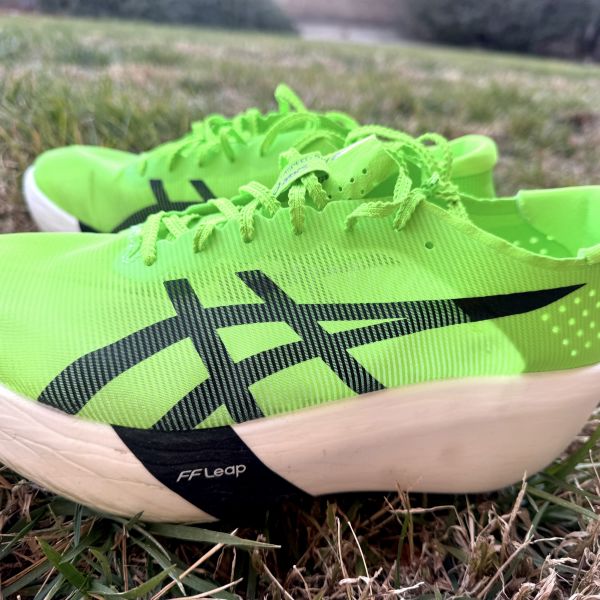
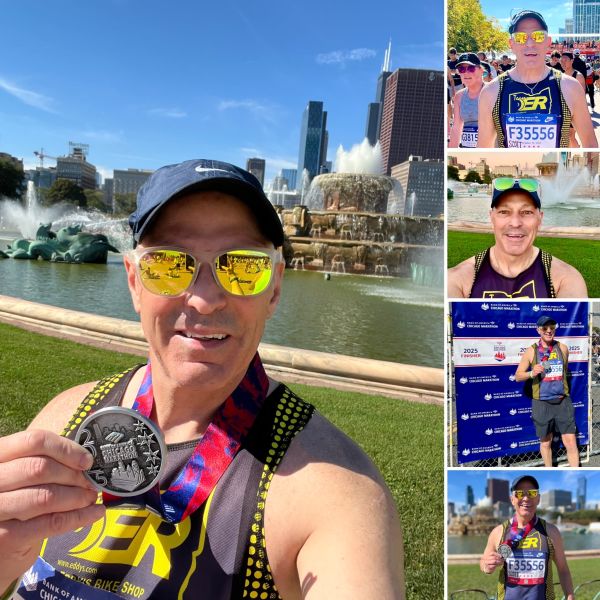
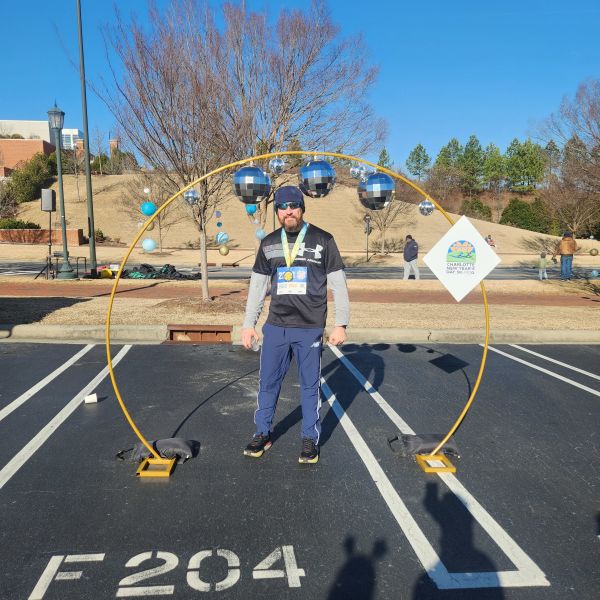
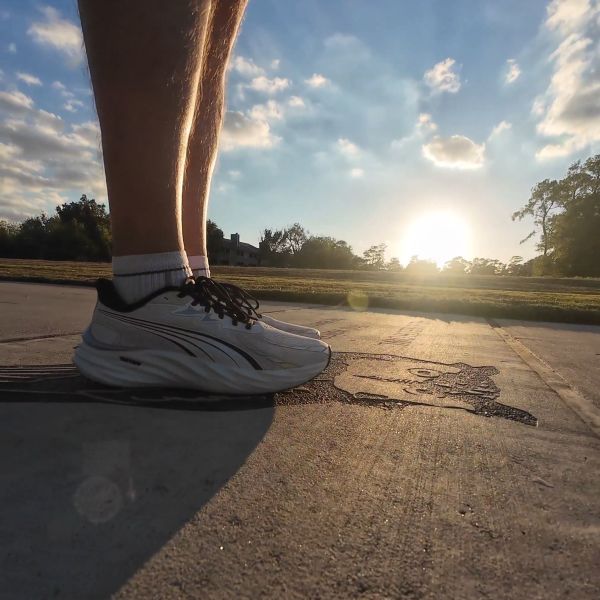
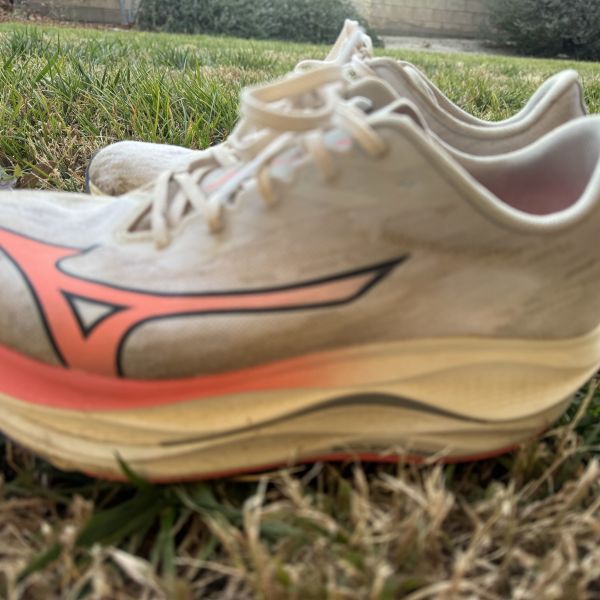
We Want to Give it to You!
